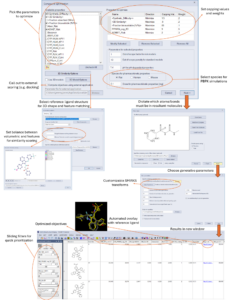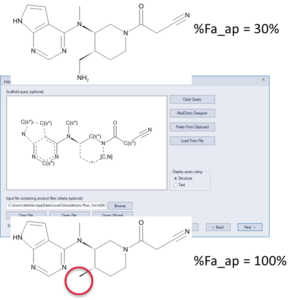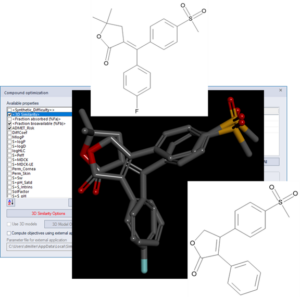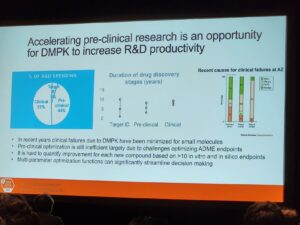You’re the head of medicinal chemistry. Your focus is on developing molecules that balance (often conflicting) objectives to achieve the target compound profile, and it consumes every spare minute. So why would you want to add another responsibility—isn’t PK the DMPK team’s job?
Why should you care about PK in early drug discovery?
Two reasons:
- It saves you time (really).
- It streamlines your organization’s drug development process for additional savings of time and money.
PK Simulations in Early Drug Discovery Save You Time
The Design/Make/Test/Analyze (DMTA) cycle is long and expensive, and if you can hand your DMPK/advanced leads team molecules they don’t have to send back to you for improvements, you’ve saved yourself a second round of work down the road.
Adding PK simulations to your process requires a few additional steps up-front, it’s true. But the value of shortening the DMTA cycle—for you, for the DMPK team, and for your organization—cannot be overstated.
Here’s what that might look like when using our EvolvePK+ platform—the only early drug discovery platform that offers PK predictions.

Example 1: EvolvePK+ for PK property optimization
Here we have an active molecule with low predicted fraction absorbed. Using the scaffold query filter in AIDD, we force all newly generated analogs to maintain the linked ring atoms that we know are important for activity, forcing evolution to occur in areas we know that can be altered without undue effects on activity. By optimizing for activity (using a QSAR model based on our previous results) and %Fa, AIDD generated a similar analog, but with both high predicted activity AND fraction absorbed. This entire process took less than 5 minutes.

PK properties available for optimization in AIDD include %Fa and %Fb, and now in AP12, you can optimize for tissue selectivity with GastroPlus Kp values for adipose, brain, gut, heart, kidney, liver, lungs, muscle, skin, spleen and more!
Example 2: EvolvePK+ for scaffold hopping
Here we have an active molecule in early clinical studies for which we want to find an equally active molecule but with a different scaffold, as this particular scaffold had some ADMET liabilities. There is a high resolution crystal structure of the molecule bound to its target, so we were able to download the structure in its bound pose and use it for 3D shape matching. In this AIDD run, we optimized for 3D similarity, ADMET risk, and %Fa WITHOUT limiting the structures via a scaffold filter. As you can see, we identified a molecule that occupies approximately the same space with approximately the same features as the starting molecule, but with an entirely different scaffold, one with much improved predicted ADMET risks and %Fa.

PK Simulations in Early Drug Discovery Save Time and Money for Your Company
Time is money when it comes to drug development, and streamlining any component of the process produces cost savings. In a presentation at the 2024 International Society for the Study of Xenobiotics Meeting, Dr. Fabio Broccatelli shared that 44% of spending on drug development occurs during the preclinical stage, which lasts anywhere from three to eight years. By selecting a discovery and design optimization platform that also provides PK predictions, you are maximizing the value of your organization’s technology investments and cutting down the .
EvolvePK+ is an AI-driven drug design platform that helps you rapidly generate millions of virtual candidates by simultaneously optimizing activity, synthesizability, ADMET, and—unlike any other tools currently available—PK/tissue selectivity properties. By integrating ADMET/PK with activity into your design in the early stages of discovery, you will significantly accelerate the DMTA cycle and your time to optimized preclinical lead.
It also offers a way to unite medicinal chemists, computational chemists, and DMPK teams on one common platform for drug discovery and optimization, ensuring no detail is lost in translation. The same set of molecules and the same set of data about those molecules are visible to all parties.
If you’re interested in learning more about how you can begin incorporating PK simulations into your early discovery process, check out EvolvePK+ or request a demo.

